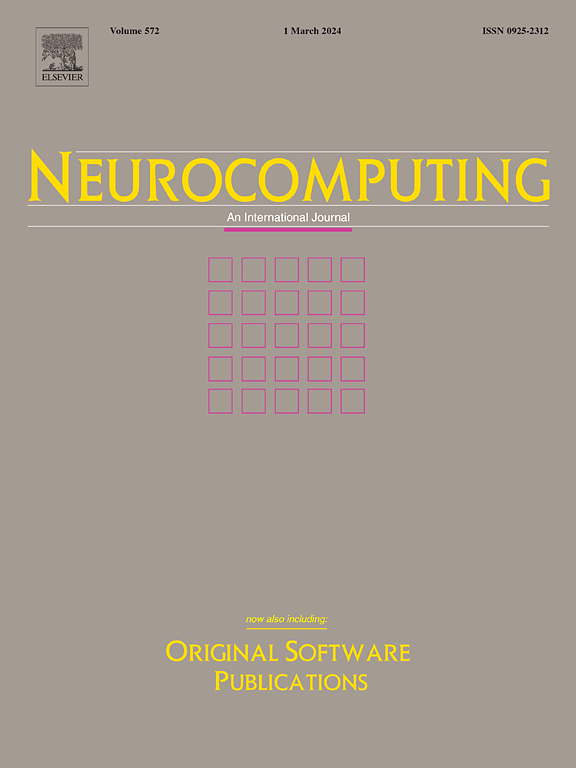FCAnet: A novel feature fusion approach to EEG emotion recognition based on cross-attention networks
IF 5.5
2区 计算机科学
Q1 COMPUTER SCIENCE, ARTIFICIAL INTELLIGENCE
引用次数: 0
Abstract
Recognition of human emotions from complex, diverse, and variable electroencephalogram (EEG) signals based on feature fusion strategies is gaining significant attention in affective computing. However, existing strategies employ a unified learning paradigm to integrate multiple features, and they lead to the neglect of critical local patterns and intricate relationships among features. Furthermore, most of models are generally designed to be complex and difficult to leverage and interpret in practical applications. To address these issues, FCAnet, a novel generic cross-attention-based feature fusion approach is prpopsed. FCAnet views the embedding space of multiple features as interactive patterns and utilizes cross-attention mechanisms to analyze both spatial correlations and discrepancy information simultaneously. Specifically, a dual-branch feature extraction module (DBFE) is first designed to effectively capture the 3D differential entropy (DE) and 3D power spectral density (PSD) feature maps of EEG. Secondly, a cross-attention feature fusion network (CAFFN) integrates a designed discrepancy information injection block (DIIB) with a common information injection block (CIIB) unit, facilitating significant interaction between different features. Finally, a time augmentation block (TAB) is employed to recover information lost from high-level representations, reusing discriminative temporal feature maps. Experimental results on the datasets DEAP, SEED, SEED-IV, and MPED demonstrate that the proposed FCANet outperforms state-of-the-art methods.
求助全文
约1分钟内获得全文
求助全文
来源期刊

Neurocomputing
工程技术-计算机:人工智能
CiteScore
13.10
自引率
10.00%
发文量
1382
审稿时长
70 days
期刊介绍:
Neurocomputing publishes articles describing recent fundamental contributions in the field of neurocomputing. Neurocomputing theory, practice and applications are the essential topics being covered.
 求助内容:
求助内容: 应助结果提醒方式:
应助结果提醒方式:


